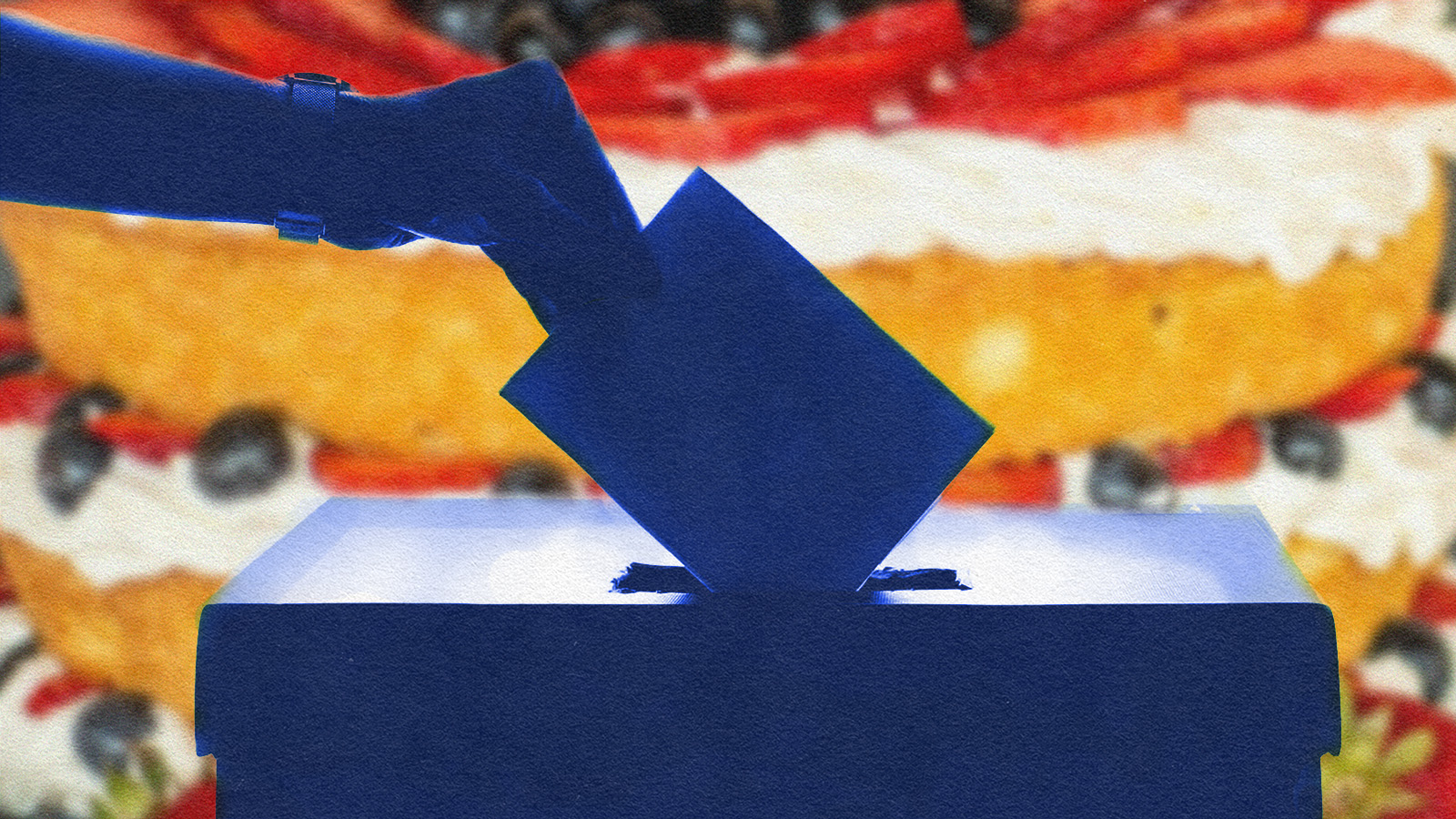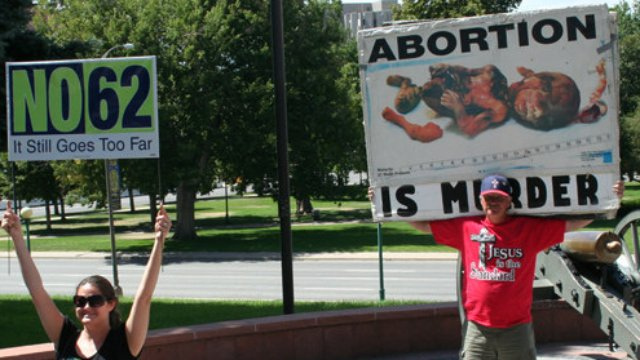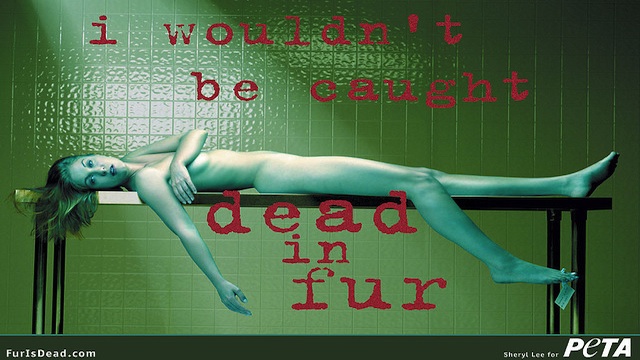The Struggle Within the Struggle: Black Women and the 19th Amendment

To be honest, the anniversary of the 19th amendment that legalized the woman’s right to vote hasn’t been on my mind lately. In fact, it didn’t really register to me until I began reading “The Ballot And Black Women” by Denise Oliver Velez, an adjunct faculty member at the State University of New York’s New Paltz campus.
“Unwelcome in the mainstream suffrage movement, African American women formed their own suffrage organizations. They viewed the ballot as a powerful tool for improving their lives and communities. They also wanted to reclaim the political power lost by Black men in Southern states that were violating their constitutionally protected right to vote. By the early 1900s, Black women’s suffrage clubs had sprung up across the country, from New York and Massachusetts to Texas. Club members organized voter education campaigns in their communities, circulated petitions calling for women’s suffrage, worked in political campaigns and voted in states where they had the ballot.”
Denise Oliver Velez
For too many of us Americans, who in recent years have watched the changing of the guard in Libya, Yemen and Egypt with a smug sense that we are somehow superior to the inhabitants of these countries, the struggles of our own citizenry are a forgotten slice of U.S. history. American women organized and protested and agitated for at least 75 years before gaining the right to vote.
“The colored woman feels that woman’s cause is one and universal; and that not till the image of God, whether in parian or ebony, is sacred and inviolable; not till race, color, sex, and condition are seen as the accidents, and not the substance of life; not till the universal title of humanity to life, liberty, and the pursuit of happiness is conceded to be inalienable to all; not till then is woman’s lesson taught and woman’s cause won—not the white woman’s, nor the black woman’s, not the red woman’s, but the cause of every man and of every woman who has writhed silently under a mighty wrong.”
Anna Julia Cooper, from her 1893 speech to the World’s Congress of Representative Women
After I got to the end of “The Ballot And The Black Woman”, I started casting about the web for more information. I wasn’t disappointed.
It should not be necessary to struggle forever against popular prejudice, and with us as colored women, this struggle becomes two-fold, first because we are women and second, because we are colored women. Although some resistance is experienced in portions of our country against the ballot for women, I firmly believe that enlightened men, are now numerous enough everywhere to encourage this just privilege of the ballot for women, ignoring prejudice of all kinds.
“Women And Colored Women” By Mrs. Mary B. Talbert, Vice President-at-large, National Association of Colored Women
Today, more women than men have voted in each presidential election since 1960, according to Rutgers University’s Center for American Women and Politics.
Much of the surge in black voter participation in 2008 was driven by increased participation among black women and younger voters. The voter turnout rate among eligible black female voters increased 5.1 percentage points, from 63.7% in 2004 to 68.8% in 2008. Overall, among all racial, ethnic and gender groups, black women had the highest voter turnout rate in November’s election — a first.
Dissecting the 2008 Electorate: Most Diverse in U.S. History




